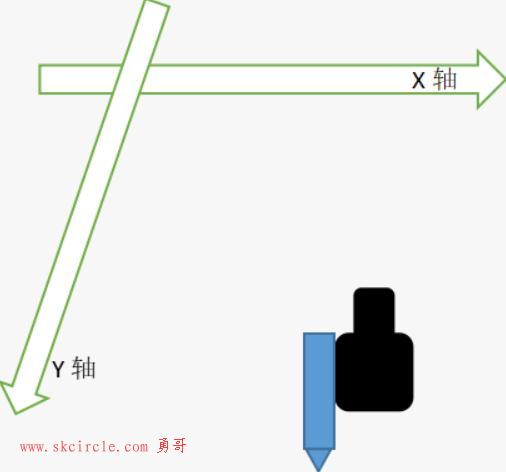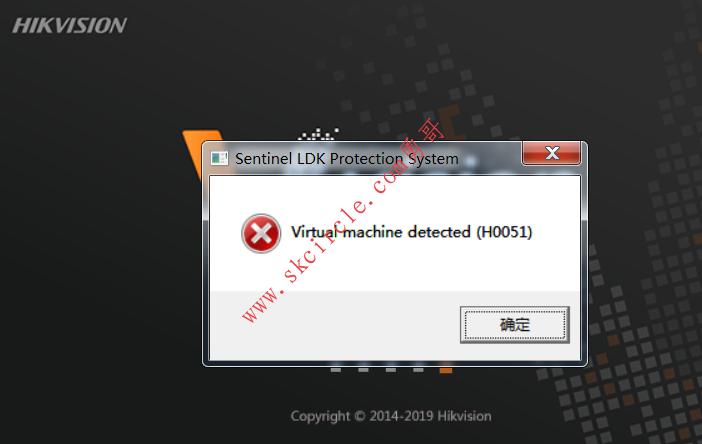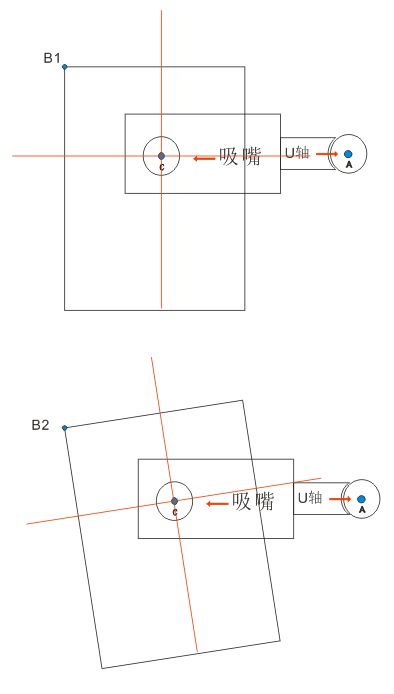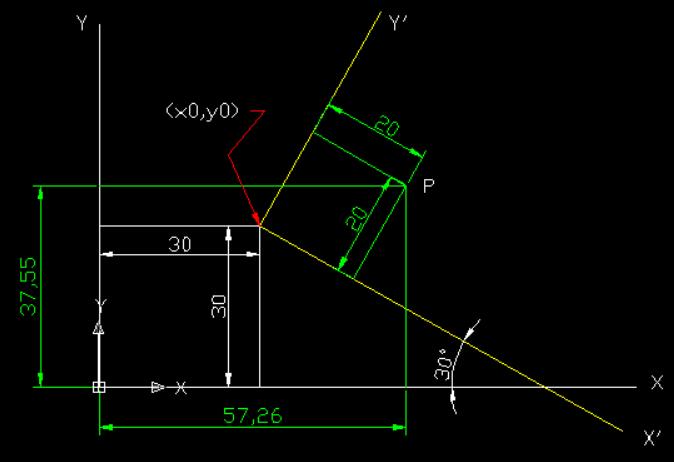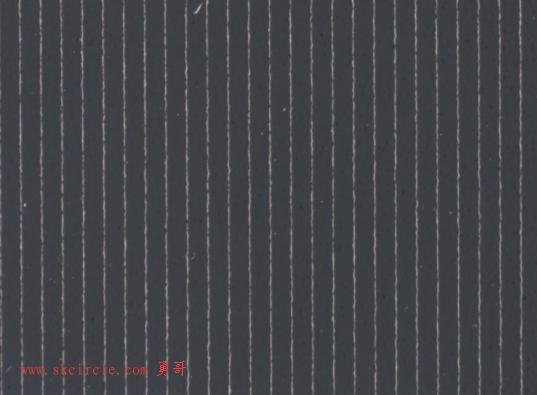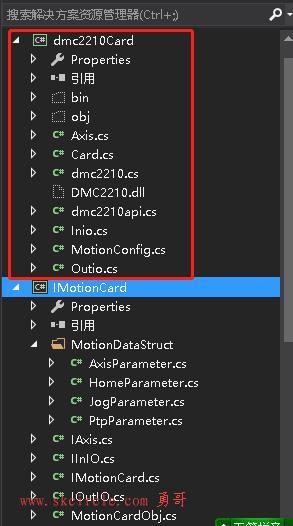#1楼
#2楼
//Example from non UI thread -
private void SaveAssetAsDraft()
{
SaveAssetDataAsDraft();
}
private async Task<bool> SaveAssetDataAsDraft()
{
var id = await _assetServiceManager.SavePendingAssetAsDraft();
return true;
}
//UI Thread -
var result = Task.Run(() => SaveAssetDataAsDraft().Result).Result;#3楼
internal static class AsyncHelper
{
private static readonly TaskFactory _myTaskFactory = new
TaskFactory(CancellationToken.None,
TaskCreationOptions.None,
TaskContinuationOptions.None,
TaskScheduler.Default);
public static TResult RunSync<TResult>(Func<Task<TResult>> func)
{
return AsyncHelper._myTaskFactory
.StartNew<Task<TResult>>(func)
.Unwrap<TResult>()
.GetAwaiter()
.GetResult();
}
public static void RunSync(Func<Task> func)
{
AsyncHelper._myTaskFactory
.StartNew<Task>(func)
.Unwrap()
.GetAwaiter()
.GetResult();
}
}public static TUser FindById<TUser, TKey>(this UserManager<TUser, TKey> manager, TKey userId) where TUser : class, IUser<TKey> where TKey : IEquatable<TKey>
{
if (manager == null)
{
throw new ArgumentNullException("manager");
}
return AsyncHelper.RunSync<TUser>(() => manager.FindByIdAsync(userId));
}
public static bool IsInRole<TUser, TKey>(this UserManager<TUser, TKey> manager, TKey userId, string role) where TUser : class, IUser<TKey> where TKey : IEquatable<TKey>
{
if (manager == null)
{
throw new ArgumentNullException("manager");
}
return AsyncHelper.RunSync<bool>(() => manager.IsInRoleAsync(userId, role));
}#4楼
static void Main(string[] args)
{
MainAsync().GetAwaiter().GetResult();
}
static async Task MainAsync()
{
/*await stuff here*/
}#5楼
private void DeleteSynchronous(string path)
{
StorageFolder localFolder = Windows.Storage.ApplicationData.Current.LocalFolder;
Task t = localFolder.DeleteAsync(StorageDeleteOption.PermanentDelete).AsTask();
t.Wait();
}
private void FunctionThatNeedsToBeSynchronous()
{
// Do some work here
// ....
// Delete something in storage synchronously
DeleteSynchronous("pathGoesHere");
// Do other work here
// .....
}#6楼
using System;
using System.Collections.Concurrent;
using System.Collections.Generic;
using System.Threading;
using System.Threading.Tasks;
namespace Microsoft.Threading
{
/// <summary>Provides a pump that supports running asynchronous methods on the current thread.</summary>
public static class AsyncPump
{
/// <summary>Runs the specified asynchronous method.</summary>
/// <param name="asyncMethod">The asynchronous method to execute.</param>
public static void Run(Action asyncMethod)
{
if (asyncMethod == null) throw new ArgumentNullException("asyncMethod");
var prevCtx = SynchronizationContext.Current;
try
{
// Establish the new context
var syncCtx = new SingleThreadSynchronizationContext(true);
SynchronizationContext.SetSynchronizationContext(syncCtx);
// Invoke the function
syncCtx.OperationStarted();
asyncMethod();
syncCtx.OperationCompleted();
// Pump continuations and propagate any exceptions
syncCtx.RunOnCurrentThread();
}
finally { SynchronizationContext.SetSynchronizationContext(prevCtx); }
}
/// <summary>Runs the specified asynchronous method.</summary>
/// <param name="asyncMethod">The asynchronous method to execute.</param>
public static void Run(Func<Task> asyncMethod)
{
if (asyncMethod == null) throw new ArgumentNullException("asyncMethod");
var prevCtx = SynchronizationContext.Current;
try
{
// Establish the new context
var syncCtx = new SingleThreadSynchronizationContext(false);
SynchronizationContext.SetSynchronizationContext(syncCtx);
// Invoke the function and alert the context to when it completes
var t = asyncMethod();
if (t == null) throw new InvalidOperationException("No task provided.");
t.ContinueWith(delegate { syncCtx.Complete(); }, TaskScheduler.Default);
// Pump continuations and propagate any exceptions
syncCtx.RunOnCurrentThread();
t.GetAwaiter().GetResult();
}
finally { SynchronizationContext.SetSynchronizationContext(prevCtx); }
}
/// <summary>Runs the specified asynchronous method.</summary>
/// <param name="asyncMethod">The asynchronous method to execute.</param>
public static T Run<T>(Func<Task<T>> asyncMethod)
{
if (asyncMethod == null) throw new ArgumentNullException("asyncMethod");
var prevCtx = SynchronizationContext.Current;
try
{
// Establish the new context
var syncCtx = new SingleThreadSynchronizationContext(false);
SynchronizationContext.SetSynchronizationContext(syncCtx);
// Invoke the function and alert the context to when it completes
var t = asyncMethod();
if (t == null) throw new InvalidOperationException("No task provided.");
t.ContinueWith(delegate { syncCtx.Complete(); }, TaskScheduler.Default);
// Pump continuations and propagate any exceptions
syncCtx.RunOnCurrentThread();
return t.GetAwaiter().GetResult();
}
finally { SynchronizationContext.SetSynchronizationContext(prevCtx); }
}
/// <summary>Provides a SynchronizationContext that's single-threaded.</summary>
private sealed class SingleThreadSynchronizationContext : SynchronizationContext
{
/// <summary>The queue of work items.</summary>
private readonly BlockingCollection<KeyValuePair<SendOrPostCallback, object>> m_queue =
new BlockingCollection<KeyValuePair<SendOrPostCallback, object>>();
/// <summary>The processing thread.</summary>
private readonly Thread m_thread = Thread.CurrentThread;
/// <summary>The number of outstanding operations.</summary>
private int m_operationCount = 0;
/// <summary>Whether to track operations m_operationCount.</summary>
private readonly bool m_trackOperations;
/// <summary>Initializes the context.</summary>
/// <param name="trackOperations">Whether to track operation count.</param>
internal SingleThreadSynchronizationContext(bool trackOperations)
{
m_trackOperations = trackOperations;
}
/// <summary>Dispatches an asynchronous message to the synchronization context.</summary>
/// <param name="d">The System.Threading.SendOrPostCallback delegate to call.</param>
/// <param name="state">The object passed to the delegate.</param>
public override void Post(SendOrPostCallback d, object state)
{
if (d == null) throw new ArgumentNullException("d");
m_queue.Add(new KeyValuePair<SendOrPostCallback, object>(d, state));
}
/// <summary>Not supported.</summary>
public override void Send(SendOrPostCallback d, object state)
{
throw new NotSupportedException("Synchronously sending is not supported.");
}
/// <summary>Runs an loop to process all queued work items.</summary>
public void RunOnCurrentThread()
{
foreach (var workItem in m_queue.GetConsumingEnumerable())
workItem.Key(workItem.Value);
}
/// <summary>Notifies the context that no more work will arrive.</summary>
public void Complete() { m_queue.CompleteAdding(); }
/// <summary>Invoked when an async operation is started.</summary>
public override void OperationStarted()
{
if (m_trackOperations)
Interlocked.Increment(ref m_operationCount);
}
/// <summary>Invoked when an async operation is completed.</summary>
public override void OperationCompleted()
{
if (m_trackOperations &&
Interlocked.Decrement(ref m_operationCount) == 0)
Complete();
}
}
}
}AsyncPump.Run(() => FooAsync(...));
#7楼
public class LogReader
{
ILogger _logger;
public LogReader(ILogger logger)
{
_logger = logger;
}
public LogEntity GetLog()
{
Task<LogEntity> task = Task.Run<LogEntity>(async () => await GetLogAsync());
return task.Result;
}
public async Task<LogEntity> GetLogAsync()
{
var result = await _logger.GetAsync();
// more code here...
return result as LogEntity;
}
}#8楼
var result = Task.Run(async () => await configManager.GetConfigurationAsync()).ConfigureAwait(false); OpenIdConnectConfiguration config = result.GetAwaiter().GetResult();
var result=result.GetAwaiter().GetResult().AccessToken
#9楼
#10楼
public static class AsyncHelpers
{
private static readonly TaskFactory taskFactory = new
TaskFactory(CancellationToken.None,
TaskCreationOptions.None,
TaskContinuationOptions.None,
TaskScheduler.Default);
/// <summary>
/// Executes an async Task method which has a void return value synchronously
/// USAGE: AsyncUtil.RunSync(() => AsyncMethod());
/// </summary>
/// <param name="task">Task method to execute</param>
public static void RunSync(Func<Task> task)
=> taskFactory
.StartNew(task)
.Unwrap()
.GetAwaiter()
.GetResult();
/// <summary>
/// Executes an async Task<T> method which has a T return type synchronously
/// USAGE: T result = AsyncUtil.RunSync(() => AsyncMethod<T>());
/// </summary>
/// <typeparam name="TResult">Return Type</typeparam>
/// <param name="task">Task<T> method to execute</param>
/// <returns></returns>
public static TResult RunSync<TResult>(Func<Task<TResult>> task)
=> taskFactory
.StartNew(task)
.Unwrap()
.GetAwaiter()
.GetResult();
}var t = AsyncUtil.RunSync<T>(() => AsyncMethod<T>());
#11楼
MethodAsync().RunSynchronously()
#12楼
#13楼
public async Task<string> StartMyTask()
{
await Foo()
// code to execute once foo is done
}
static void Main()
{
var myTask = StartMyTask(); // call your method which will return control once it hits await
// now you can continue executing code here
string result = myTask.Result; // wait for the task to complete to continue
// use result
}#14楼
var task = MyAsyncMethod(); var result = task.WaitAndUnwrapException();
var result = AsyncContext.RunTask(MyAsyncMethod).Result;
var result = AsyncContext.Run(MyAsyncMethod);
同步方法调用异步方法,获得
Task。同步方法对
Task进行阻塞等待。async方法使用await而不使用ConfigureAwait。在这种情况下,
Task无法完成,因为它仅在async方法完成时才完成;async方法无法完成,因为它正在尝试安排其继续到SynchronizationContext,并且WinForms / WPF / SL / ASP.NET将不允许继续运行,因为同步方法已在该上下文中运行。
var task = Task.Run(async () => await MyAsyncMethod()); var result = task.WaitAndUnwrapException();
本文出自勇哥的网站《少有人走的路》wwww.skcircle.com,转载请注明出处!讨论可扫码加群: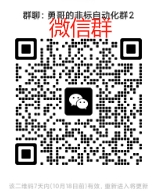
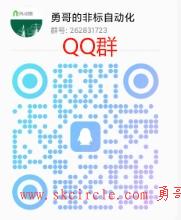


 少有人走的路
少有人走的路